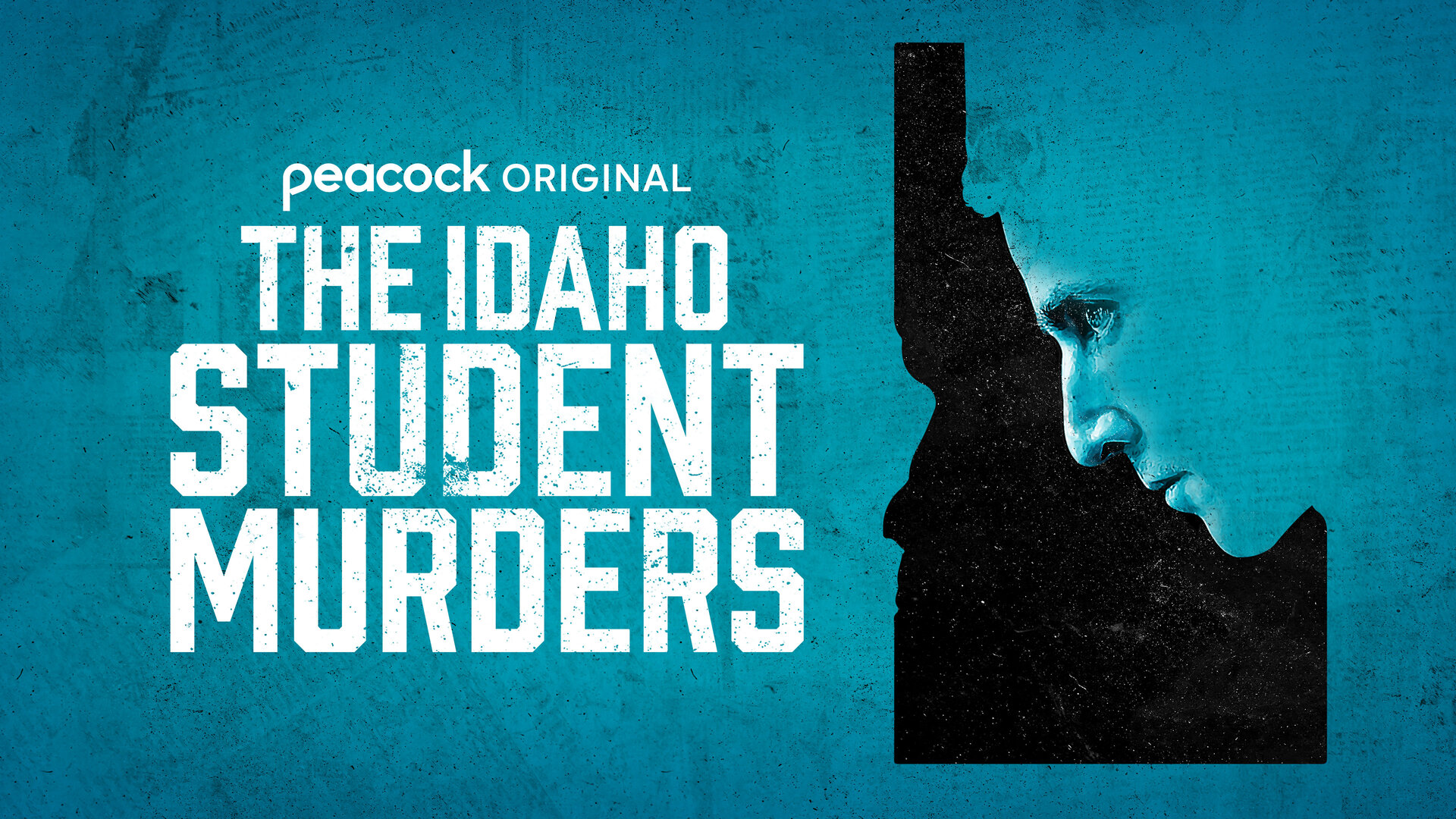Peacock’s newest true-crime documentary, The Idaho Student Murders, offers a fresh look at a criminal case that shocked people around the country. The 90-minute film, now available to stream, revisits the tragic 2022 killings that roiled the town of Moscow, Idaho — a gruesome spate of murders that’s still generating headlines years later, thanks to the fact that a major twist in the case unfolded just this week.
Directed by Catharine Park and produced alongside the creators of the hit podcast The Idaho Massacre from KT Studios and iHeartMedia, the documentary coincides with a surprise courtroom development: On July 2, Bryan Kohberger — the man charged with killing four University of Idaho students — reversed course and chose to plead guilty.
Kohberger, 30, had previously maintained his innocence. But in a Boise courtroom this week, he stunned everyone when he answered “yes” after a judge questioned whether he’d taken the lives of Kaylee Goncalves, Madison Mogen, Xana Kernodle, and Ethan Chapin. That plea deal spared him the death penalty, bringing a jarring end to a case that had dragged on for nearly three years.
The Peacock documentary, meanwhile, is a chronicle of the killings and relies on never-before-seen interviews, including with Kaylee’s brother and close friends of the victims. Which is to say: The Idaho Student Murders really feels like an attempt to present a human-centered view of the tragedy, while also digging into Kohberger’s background to paint a more complete picture of the man at the center of the murders.
With a mix of narrative storytelling and a journalistic eye for reportage, executive producers Catharine Park and Stephanie Lydecker take viewers back through the investigation and evidence, along with revisiting the crime’s impact on families and the larger Moscow community. This documentary release is, at its core, a story about grief and the ripple effects of a single act of violence. And now, with Kohberger having officially confessed, it’s possible that the victims’ families might begin to find some long-sought measure of closure.










